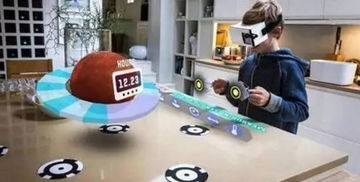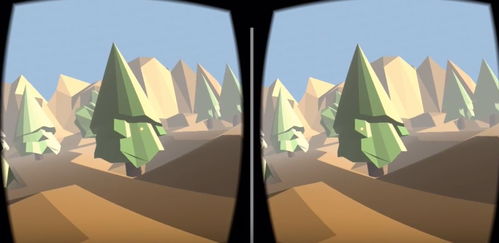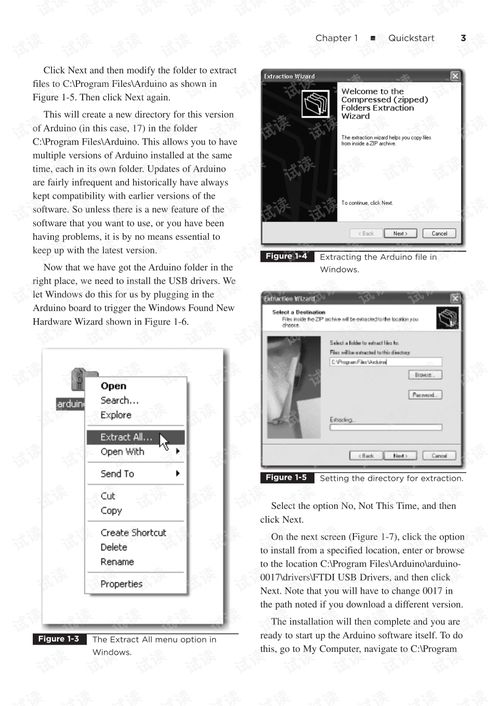Ar and Vr Projects for Students: A Comprehensive Guide
Immersive technologies like Augmented Reality (AR) and Virtual Reality (VR) have become increasingly popular in educational settings. These technologies offer students a unique and engaging way to learn, explore, and create. Whether you’re a student looking for project ideas or an educator seeking innovative teaching tools, this guide will provide you with a detailed overview of AR and VR projects that can enhance your learning experience.
Understanding AR and VR

Before diving into project ideas, it’s essential to have a basic understanding of AR and VR. AR overlays digital information onto the real world, while VR creates a completely artificial environment. Both technologies can be used to create interactive and engaging learning experiences.
AR and VR Projects for Students

Here are some exciting AR and VR projects that students can undertake:
1. AR and VR in History

History can come alive with AR and VR. Students can create virtual tours of historical sites, reconstruct ancient structures, or even simulate historical events. For example, they can use AR to overlay historical information on photographs of landmarks, or VR to explore ancient civilizations as if they were there.
| Project | Description |
|---|---|
| Virtual Tour of Historical Sites | Students create AR or VR tours of historical landmarks, providing information about the site’s history and significance. |
| Reconstructing Ancient Structures | Students use AR or VR to reconstruct ancient structures, such as pyramids or temples, based on historical data. |
| Simulating Historical Events | Students create VR simulations of historical events, allowing them to experience and understand the context of the event. |
2. AR and VR in Science
AR and VR can make science more accessible and engaging for students. They can simulate complex scientific processes, visualize abstract concepts, and conduct virtual experiments. For instance, students can use AR to visualize the human body’s internal structures or VR to explore the cosmos.
| Project | Description |
|---|---|
| Virtual Human Body Exploration | Students use AR or VR to explore the human body’s internal structures, such as organs and blood vessels. |
| Exploring the Cosmos | Students use VR to explore distant galaxies, planets, and other celestial bodies. |
| Simulating Scientific Experiments | Students conduct virtual experiments in AR or VR, allowing them to observe and analyze the results without the need for physical materials. |
3. AR and VR in Art and Design
AR and VR can revolutionize the way students approach art and design. They can create virtual art galleries, design 3D models, and even simulate the effects of different art techniques. For example, students can use AR to overlay digital art on physical objects or VR to create immersive art installations.
| Project | Description |
|---|---|
| Virtual Art Gallery | Students create an AR or VR art gallery, showcasing their artwork and providing information about the pieces. |
| 3D Model Design | Students use AR or VR to design and create 3D models, exploring various design techniques and materials. |
| Simulating Art Techniques | Students use AR or VR to simulate different art techniques, such as painting, sculpting, and digital art. |
4. AR and VR in Language Learning
AR and VR can make language learning more interactive and engaging. Students can use AR to practice language skills in a virtual environment or VR to immerse themselves in a foreign culture. For example, they can use AR to translate signs or









